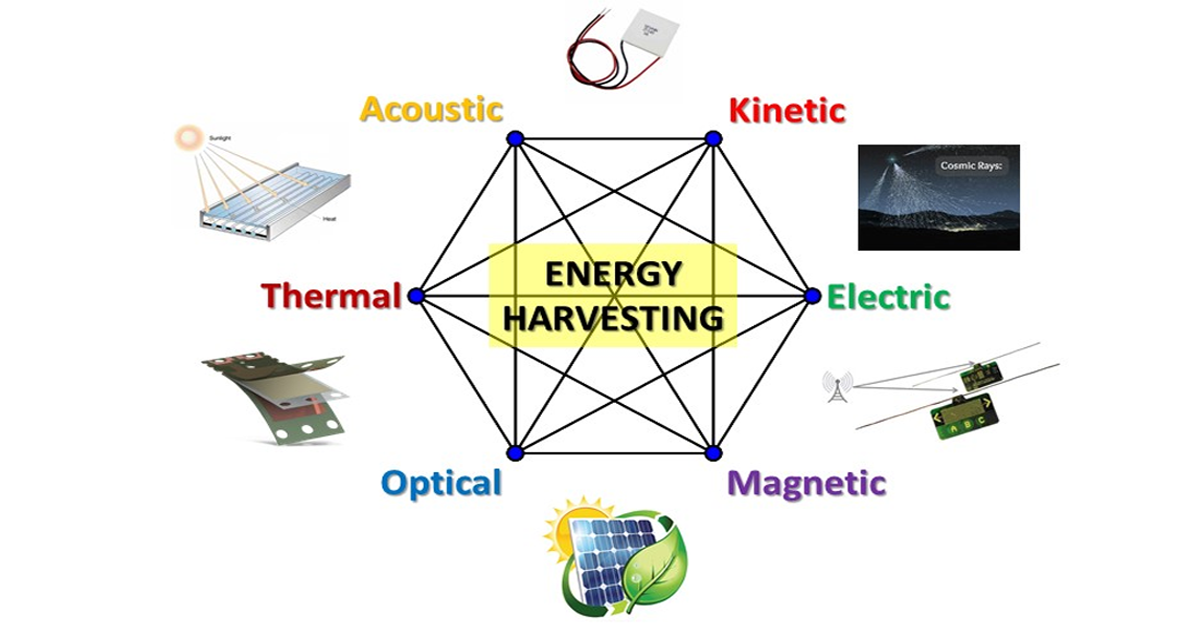Advanced Functional Nanostructured Films and Coatings for Energy Applications, 2nd Edition
A special issue of Coatings (ISSN 2079-6412). This special issue belongs to the section "Thin Films".
Deadline for manuscript submissions: 9 April 2025 | Viewed by 236

Special Issue Editor
Interests: functional materials; graphene; nanocomposites; polymer-embedded nanostructures
Special Issues, Collections and Topics in MDPI journals
Special Issue Information
Dear Colleagues,
At present, the topic of energy represents a real emergency for humankind, and therefore must be considered a priority in scientific research. The natural resources of energy are not inexhaustible, and the use of those more immediately accessible (i.e., fossil fuels) is not free of drawbacks such as environmental pollution. Energy is required in any industrial/domestic technology, and, consequently, finding a solution for these energy needs is a matter of universal relevance. Material science plays a key role in this process of renewing the type of energy resources we can exploit. The direct transformation of matter to energy, since it is based on a chemical reaction, inevitably produces byproducts, and therefore always has a high environmental impact. Conversely, the energy transduction (i.e., transformation from one form to another one) is based exclusively on physical phenomena, meaning it does not generate chemical byproducts and could be a technological solution worth studying. Advanced materials surely have a strategic role in this energy transition process. Physical phenomena always occur at interfaces between different solid phases. Interfaces have a key role because their extension only amplifies the physical phenomenon. Finally, surfaces, interfaces, coatings, and thin films will have a significant role in this energy transition. For these reasons, we propose a Special Issue highlighting the overlap among energy-related issues, surface science/technology, and nanostructuration
Dr. Gianfranco Carotenuto
Guest Editor
Manuscript Submission Information
Manuscripts should be submitted online at www.mdpi.com by registering and logging in to this website. Once you are registered, click here to go to the submission form. Manuscripts can be submitted until the deadline. All submissions that pass pre-check are peer-reviewed. Accepted papers will be published continuously in the journal (as soon as accepted) and will be listed together on the special issue website. Research articles, review articles as well as short communications are invited. For planned papers, a title and short abstract (about 100 words) can be sent to the Editorial Office for announcement on this website.
Submitted manuscripts should not have been published previously, nor be under consideration for publication elsewhere (except conference proceedings papers). All manuscripts are thoroughly refereed through a single-blind peer-review process. A guide for authors and other relevant information for submission of manuscripts is available on the Instructions for Authors page. Coatings is an international peer-reviewed open access monthly journal published by MDPI.
Please visit the Instructions for Authors page before submitting a manuscript. The Article Processing Charge (APC) for publication in this open access journal is 2600 CHF (Swiss Francs). Submitted papers should be well formatted and use good English. Authors may use MDPI's English editing service prior to publication or during author revisions.
Keywords
- advanced energy materials
- functional materials
- nanocomposites
- nanostructured materials
- smart materials
- polymeric coatings
- hybrid coatings
Related Special Issue
Planned Papers
The below list represents only planned manuscripts. Some of these manuscripts have not been received by the Editorial Office yet. Papers submitted to MDPI journals are subject to peer-review.
Title: Non-Electric Applications Of Polyacetylenes
Authors: G. Carotenuto, L. Nicolais
Affiliation: Institute for Polymers, Composites and Biomaterials (IPCB-CNR), National Research Council. Piazzale E. Fermi, 1 – 80055 Portici (NA), Italy.
Abstract: In the history of synthetic polymers, polyacetylene (PA) constitutes a very special case. Indeed, PA is a linear polymer with a special helical molecular structure and characterized by great physicochemical properties (e.g., metallic electrical conductivity, if doped); however, this unique polymer has not found any real industrial application due to its un-processable nature and poor chemical stability (e.g., easy oxidation in air). Recently, also polyacetylenes are receiving the due scientific attention for those technological sectors where processability and remarkable chemical stability are not strictly required. Literature examples of potential technological applications for this niche polymer are the following: adsorbent for organic pollutants in water remediation, corrosion inhibitor, electro-magnetic shielding additive, antistatic additive for plastics, drug delivery materials, permselective systems, antioxidant drugs for treating cancer and other diseases, etc. In addition, noble-metal and transition-metals decorated PA powders represent a new very promising hydrogen storage material which is under investigation. In this review work, up-to-date information on such recently proposed non-electrical applications of the different polyacetylene molecular types has been shortly analyzed together with some basic information (e.g., synthesis, properties, characterization methods, etc.) on this class of polymers.





